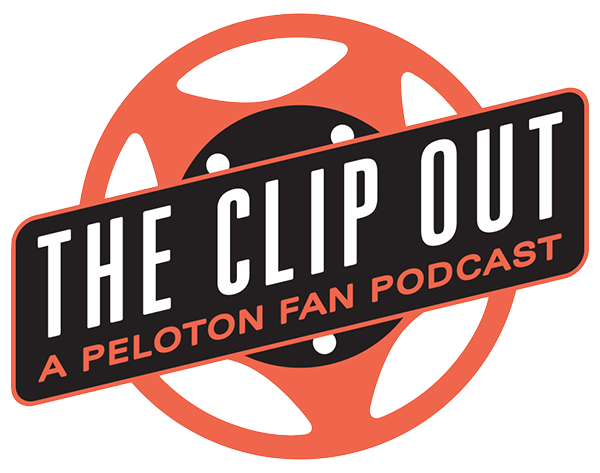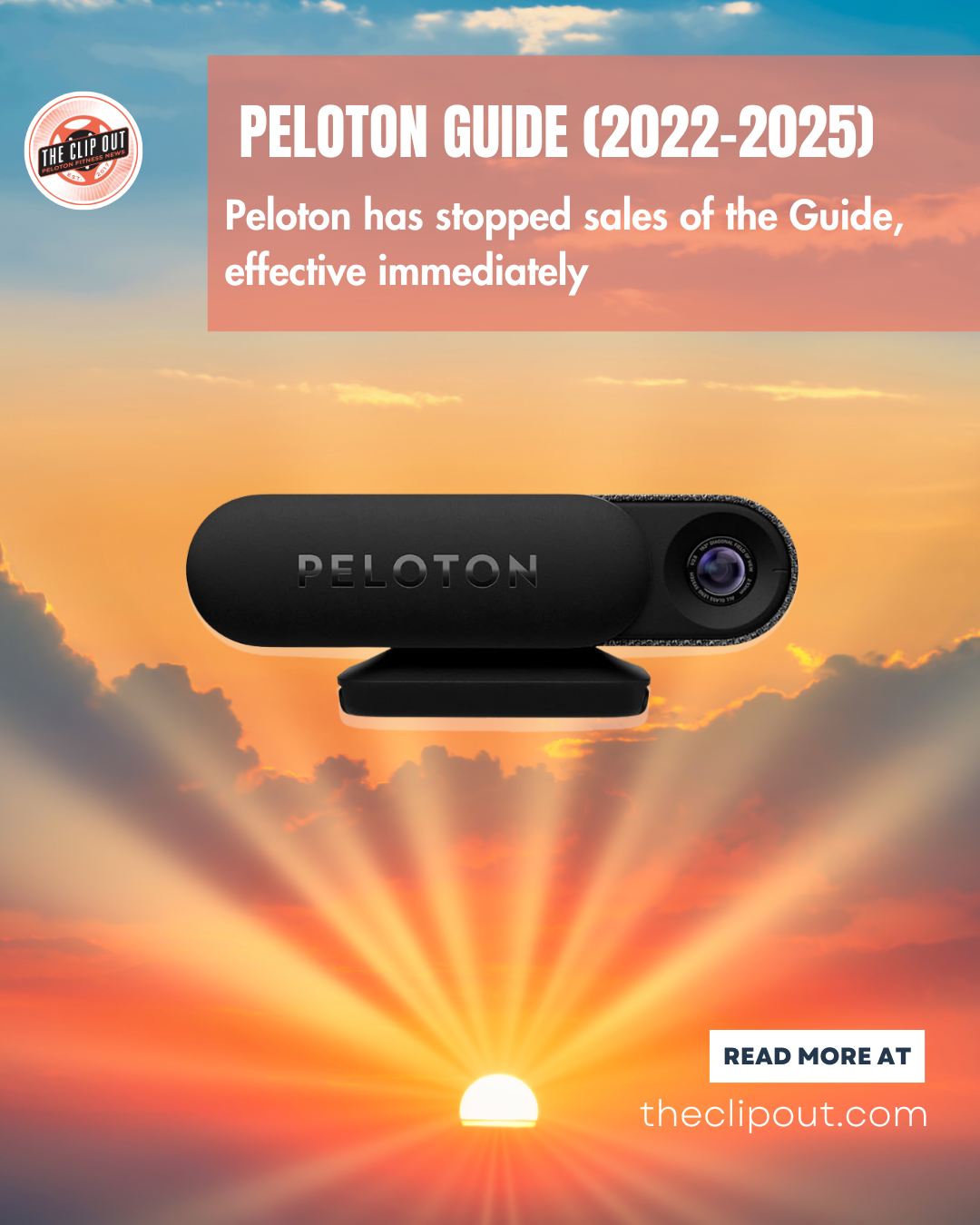Heart Rate Training with Peloton
If you’ve been a Peloton user for a while, you already know that your heart rate is one of the prominent metrics displayed on all Peloton fitness devices. With a compatible heart-rate monitor, we can all keep an eye on our heart rate while working out. What you may not know is that heart-rate based training can be a valuable tool to help us achieve our fitness goals by helping to maximize the benefits from each of our workouts.
What is Heart Rate-Based Training?
Peloton’s blog, The Output recently addressed this topic with instructors Matt Wilpers and Alex Karwoski. Peloton describes heart rate training as a technique to use heart rate as a guide to control the intensity of your workouts. As Matt explained, “by monitoring your heart rate, you can ensure that you are working out at the appropriate level of intensity to achieve your fitness goals.” Heart rate training can improve cardiovascular fitness, increase endurance, and contribute to better overall health. Monitoring heart rate can also help prevent overtraining and reduce injury risk. Alex adds that improving cardiovascular health can result in a lower resting heart rate, improved blood flow, and enhanced oxygen delivery to your muscles.
Finding Your Maximum Heart Rate and Heart Rate Zones
The key to using heart rate training is to know your maximum heart rate, which is the maximum beats per minute your heart can beat under heavy stress. The most popular method for determining maximum heart rate (MHR) is to subtract your age from 220. However, this one size fits all approach is not necessarily the most accurate method for determining MHR and Peloton suggests working with a professional in a testing setting to determine your specific MHR. MHR may also change over time depending on your fitness level. Personally, the 220-age formula seems to correlate pretty well to my highest heart rate on the Bike, which I achieved during my most recent Power Zone Functional Threshold Test (FTP) ride.
If you’re confident in your actual MHR number, figuring out the specific heart rate zones is easy, and, as Alex explains, each zone targets different aspects of your fitness, such as endurance, speed, or fat burning. Peloton breaks down the five heart rate zones as follows:
- Zone 1: Very light intensity (50-60% of max heart rate): This zone is primarily for warm-up, cool-down, and recovery exercises. It helps increase blood flow, improve cardiovascular health, and promote active recovery.
- Zone 2: Light intensity (60-70% of max heart rate): Training in this zone enhances endurance and aerobic capacity. It promotes fat burning and improves the efficiency of oxygen utilization in the body.
- Zone 3: Moderate intensity (70-80% of max heart rate): This zone improves cardiovascular fitness, enhances endurance, and increases lactate threshold. Training here helps improve performance for longer-duration exercises.
- Zone 4: Difficult intensity (80-90% of max heart rate): Training in this zone increases anaerobic fitness, improves speed, and builds muscle strength and power. It is beneficial for interval training and improving your race pace.
- Zone 5: Maximum intensity (90-100% of max heart rate): This zone is for maximum effort and high-intensity interval training (HIIT). Training here improves peak performance and develops speed and power.
However, as Matt explains in a separate YouTube video, there is overlap between zones. For instance, fat burning is not limited to the lower zones and can certainly be achieved at higher heart rate levels.
Peloton also uses heart rate to calculate its unique Strive score, which is a measure of workout difficulty based on the amount of time you spend exercising in each particular heart rate zone. This is an excellent way to track exercise intensity from workout to workout whether you’re using the Bike, Tread, Row, or Guide.
Have you incorporated heart-rate training into your fitness routine? We’d love to hear from you.
See something in the Peloton Universe that you think we should know? Visit theclipout.com and click on Submit a Tip!
Tune in to The Clip Out on every Friday to hear Tom and Crystal’s take on this and other hot Pelotopics. We’re available on Apple Podcasts, Spotify, Google Podcasts, iHeart, TuneIn. Be sure and follow us so you never miss an episode. You can also find the show online on Facebook.com/TheClipOut. While you’re there, like the page and join the group. Lastly, find us on our YouTube channel, YouTube.com/TheClipOut, where you can watch all of our shows.

Subscribe
Keep up with all the Peloton news!








